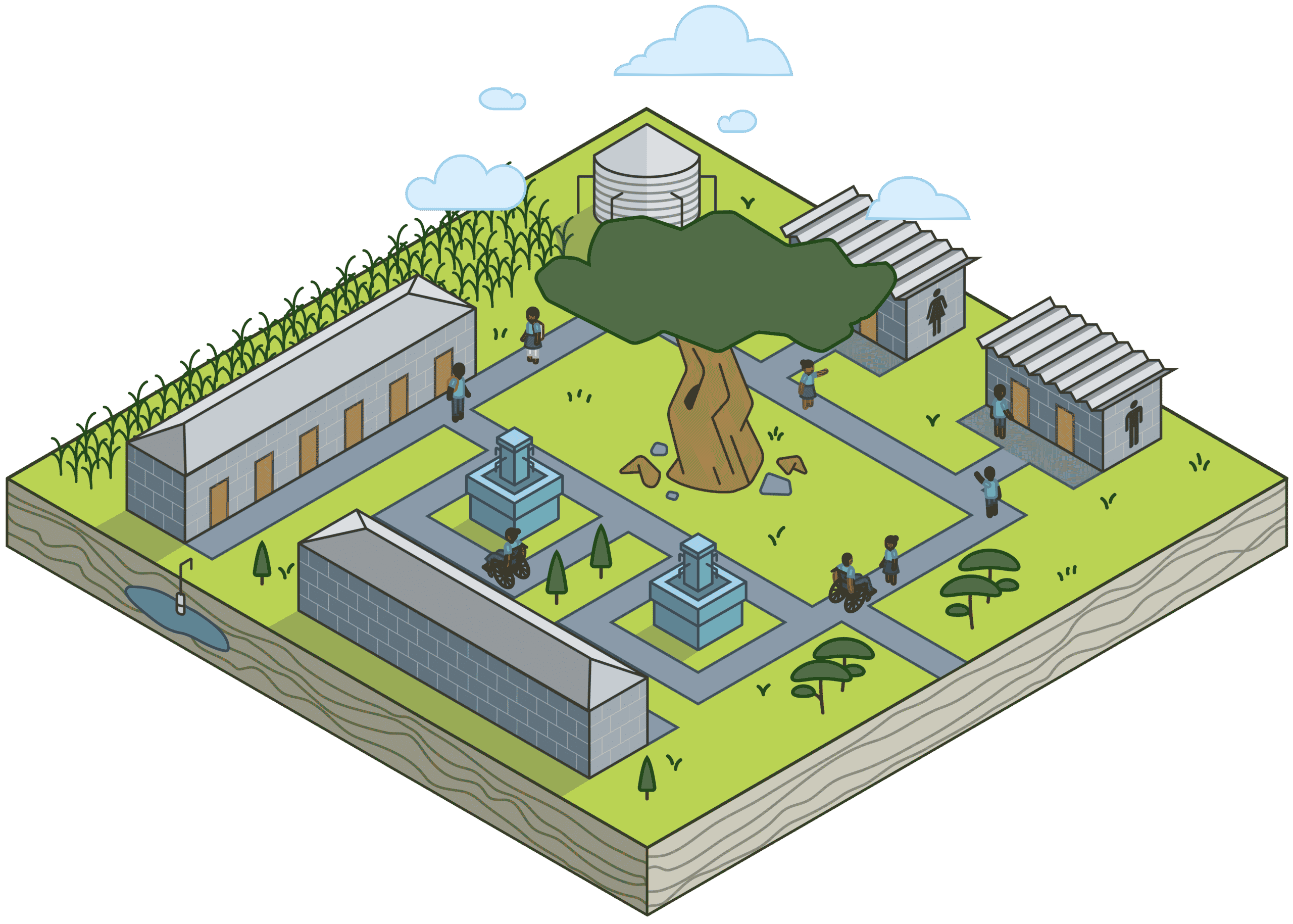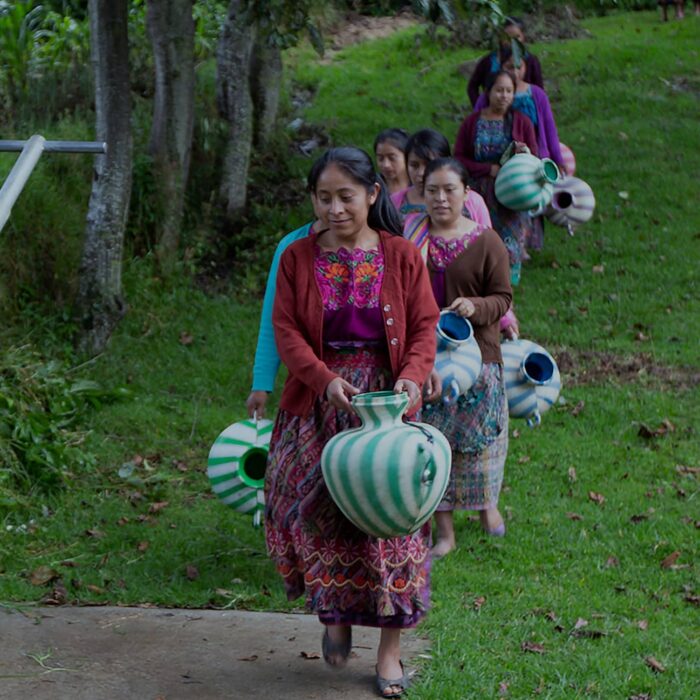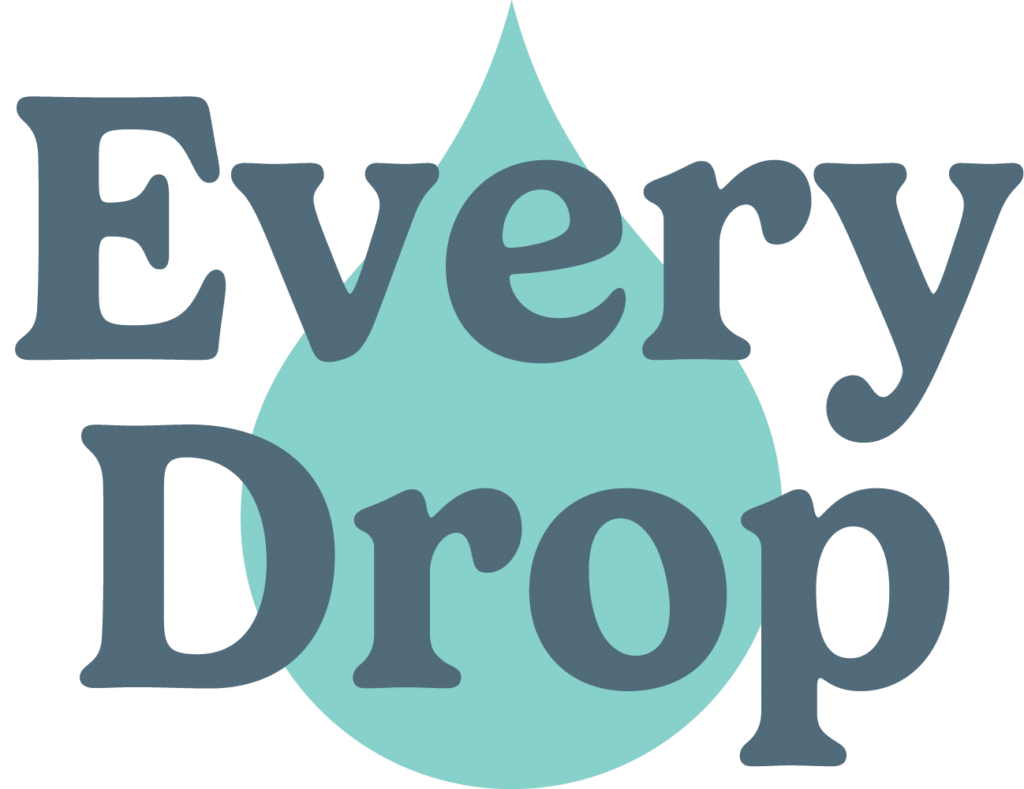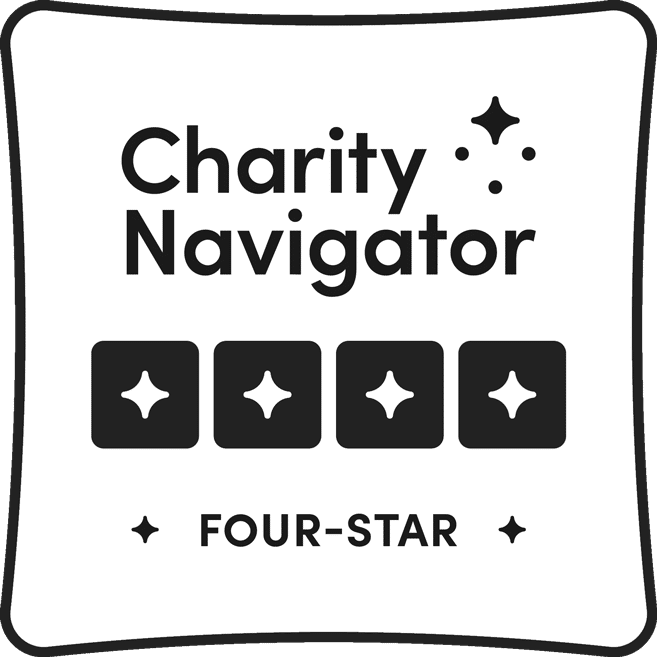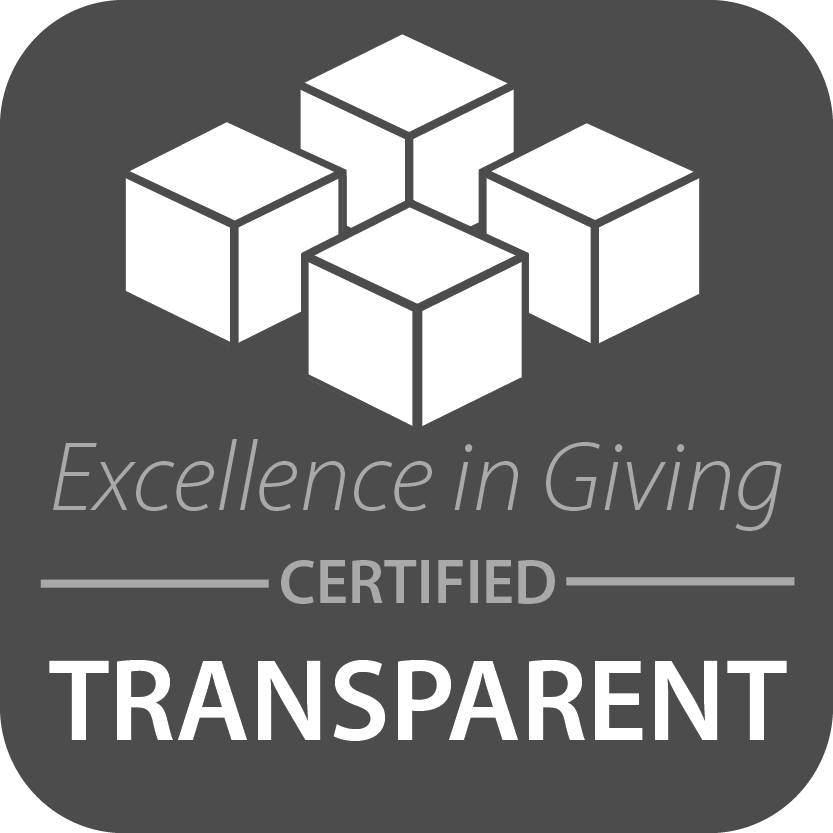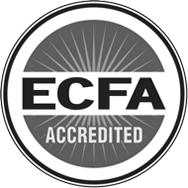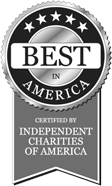For this month's CONNECTION:
- Learn more about how Living Water selects the appropriate water system for a community
- Take a deeper dive into one of the sustainable water solutions through an interactive map
- Meet a school from Zambia that has been transformed by clean water
As our Living Water community pursues excellent WASH (water access, sanitation, and hygiene) services, our types of programs continue to innovate to ensure sustainable water solutions that holistically provide physical, spiritual, and social flourishing for all people.
How do we select a sustainable water solution? Providing safe water looks quite different depending on the region of the globe where Living Water works. When selecting the proper water system for a community, our local colleagues, who are experts in their field, first ask six key questions:
- What is the community’s current water source?
- What environmental impacts do we need to consider when constructing a new water system?
- What is the community’s ability to financially sustain the water system long-term?
- Does the new water system align with the local government’s WASH strategies?
- Can the new system be easily managed and serviced long-term?
- Can the new system economically benefit other community activities such as agriculture and animal husbandry?
This month, we’re taking a deeper dive into piped water systems.
Living Water International is committed to finding the most efficient solution to meet a thirsty community’s needs—whether that is a simple hand pump or a more complex water system. Recently, the requests for water projects submitted by local governments and communities have reflected an increased interest in piped water systems. To meet these needs, Living Water is focusing primarily on the construction of piped water systems in some WASH Program Areas (WPAs).
Research suggests that piped systems may be a more sustainable solution to the water crisis than hand pumps. They can be further extended to reach households, healthcare facilities, schools, and neighboring communities. One piped water system can reach up to 5,000 people—the equivalent impact of 20 hand pumps!
Because of their impact, these systems help generate greater economic opportunities for communities, improve household hygiene, better serve schools, and improve the lives of children, and particularly young girls!
Follow the steps that our Living Water colleagues would take to provide safe water to a community through a piped water system construction.
Meet the students of the Twatasha Community School
The students of the Twatasha Community School in Zambia were caught in a pattern of suffering—both physically and spiritually. At this school, Zambian students with disabilities have access to the same education as their peers, but due to a cultural misunderstanding of disabilities, many of these precious children are mistreated or rejected by their own families.
To make matters worse, when a cholera outbreak struck the country, the school’s pump quit working, and the students were left without any water. While some students could walk long distances searching for what turned out to be dirty water, many of the students with physical limitations had no way to access the drinking water they needed.
When Living Water Zambia arrived at the Twatasha Community School, they quickly realized that a basic hand pump would not be appropriate for the students in wheelchairs as they would be unable to lift the pump to access water. Plans for a piped water system that would provide safe water throughout the school grounds and be distributed through a series of tap stands were soon implemented.
Today, clean water is accessible to all students! This piped water system ensures that every student, no matter their disability, will never go thirsty!

